
Generally, all conditioned souls in the material encagement are influenced by the mode of passion because every one of them is trying to lord it over the material nature to fulfill his individual desire. But in spite of the individual mode of passion, there is always the chance of being influenced by the other modes of nature by association. If one is in good association he can develop the mode of goodness, and if in bad association he may develop the mode of darkness or ignorance. Nothing is stereotyped. One can change his habit by good or bad association, and one has to become intelligent enough to discriminate between good and bad. The best association is the service of the devotees of the Lord, and by that association one can become the highest qualified man by the grace of the Lord’s pure devotees.
SB 2.10.41
Over the past few months my mind has been pondering that of association and how valuable it is in spiritual progression and bhakti, coinciding with this the perception of prasadam in my own short spiritual life.
Initially I was captivated by the eccentricity of the devotee’s not fully appreciating their association, little understanding prasadam other than the fact the food was amazing and I was sent away with more than any individual could hope for.
Over time perceptions changed their association was so sweet a moment away from it was bitter to taste, they encouraged me to offer my foodstuffs to Sri Krishna, encouraged my reading of Srila Prabhupada books whilst making me feel a centre of their small group.
Time moved on the devotees one by one left and all one has is distant memories of the finest association on occasion I hear or read an update and remain inspired by how fixed and determined they remain in spreading Krishna Consciousness.
Slowly but surely being introduced to each festival each overwhelming in their unique way, and an expectation of excitement whilst lining up for prasadam listening to the sweet interactions of the devotee’s around.
Prasadam was indeed the first big attraction indeed Prasadam makes each festival unique and awe inspiring each one unique and shows the loving devotion to detail.
However for me prasadam has changed it gives me:
The opportunity to give association when running programs and to get to really know individuals in a relaxed manor
The opportunity to take association from inspirational devotees, from wiser senior devotees are to sit quietly and listen to the many and varied discussion’s
Recently however I’ve been in places were due to commitments work has required me to leave early the festival, or no prasadam was offered, disappointing? Well NO! For being in a position were I get very little association my appreciation of association of devotees has increased, for this small association keeps me grounded and focused in my own devotional life.
Yes realistically you can’t have one without the other
But for me the association of devotees in more valuable as time passes on.
But as always I end with the same tired and somewhat provocative answer for some what’s your thoughts?
As always I would love to hear and read them.
Humbly
Me
 On the 1st day of the Indian Year, Caitra, Shukla Pratipada, when the sun is now officially in the North, the Baba who donated Vrinda Kunda to Iskcon left this world 21 years ago. The night before we did all night kirtan! Read more ›
On the 1st day of the Indian Year, Caitra, Shukla Pratipada, when the sun is now officially in the North, the Baba who donated Vrinda Kunda to Iskcon left this world 21 years ago. The night before we did all night kirtan! Read more ›  On the 1st day of the Indian Year, Caitra, Shukla Pratipada, when the sun is now officially in the North, the Baba who donated Vrinda Kunda to Iskcon left this world 21 years ago. The night before we did all night kirtan! Read more ›
On the 1st day of the Indian Year, Caitra, Shukla Pratipada, when the sun is now officially in the North, the Baba who donated Vrinda Kunda to Iskcon left this world 21 years ago. The night before we did all night kirtan! Read more ›  Caitanya Mahaprabhu says: "I have brought medicine to awaken very living being from perpetual sleep. Please receive the holy name of the Lord, the Hare Krishna maha-mantra, and awaken. (Srimad-Bhagavatam, 5.13.9 Purport)
Caitanya Mahaprabhu says: "I have brought medicine to awaken very living being from perpetual sleep. Please receive the holy name of the Lord, the Hare Krishna maha-mantra, and awaken. (Srimad-Bhagavatam, 5.13.9 Purport) 


















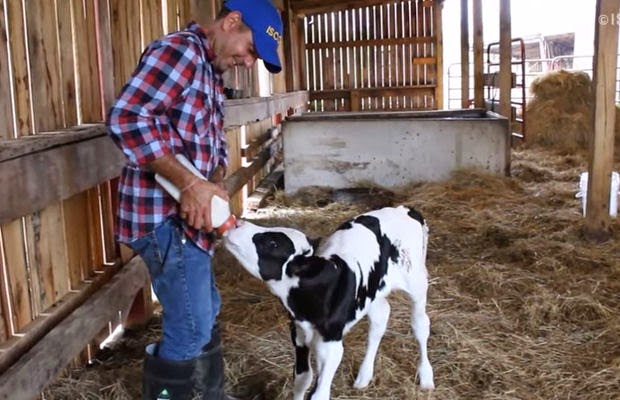

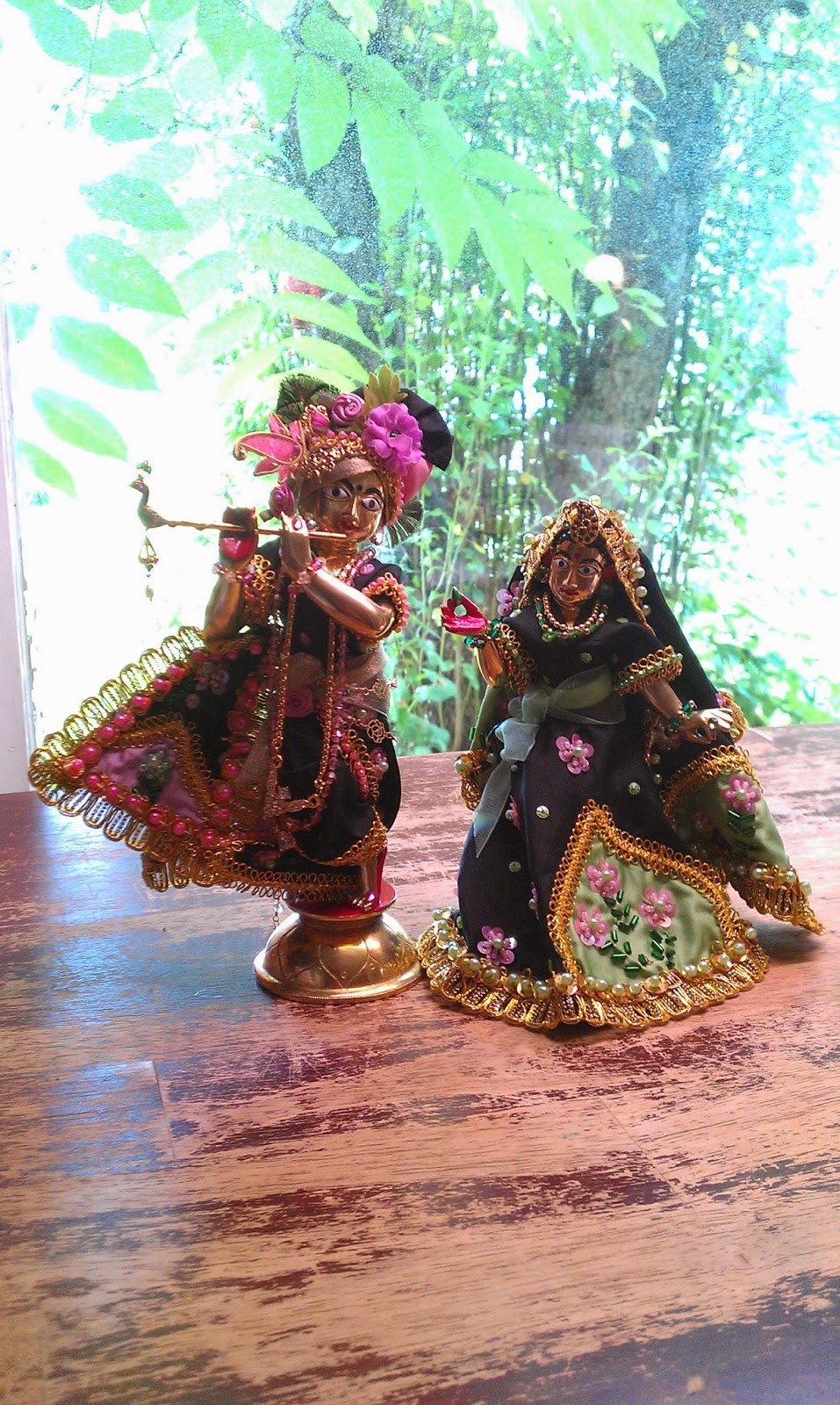



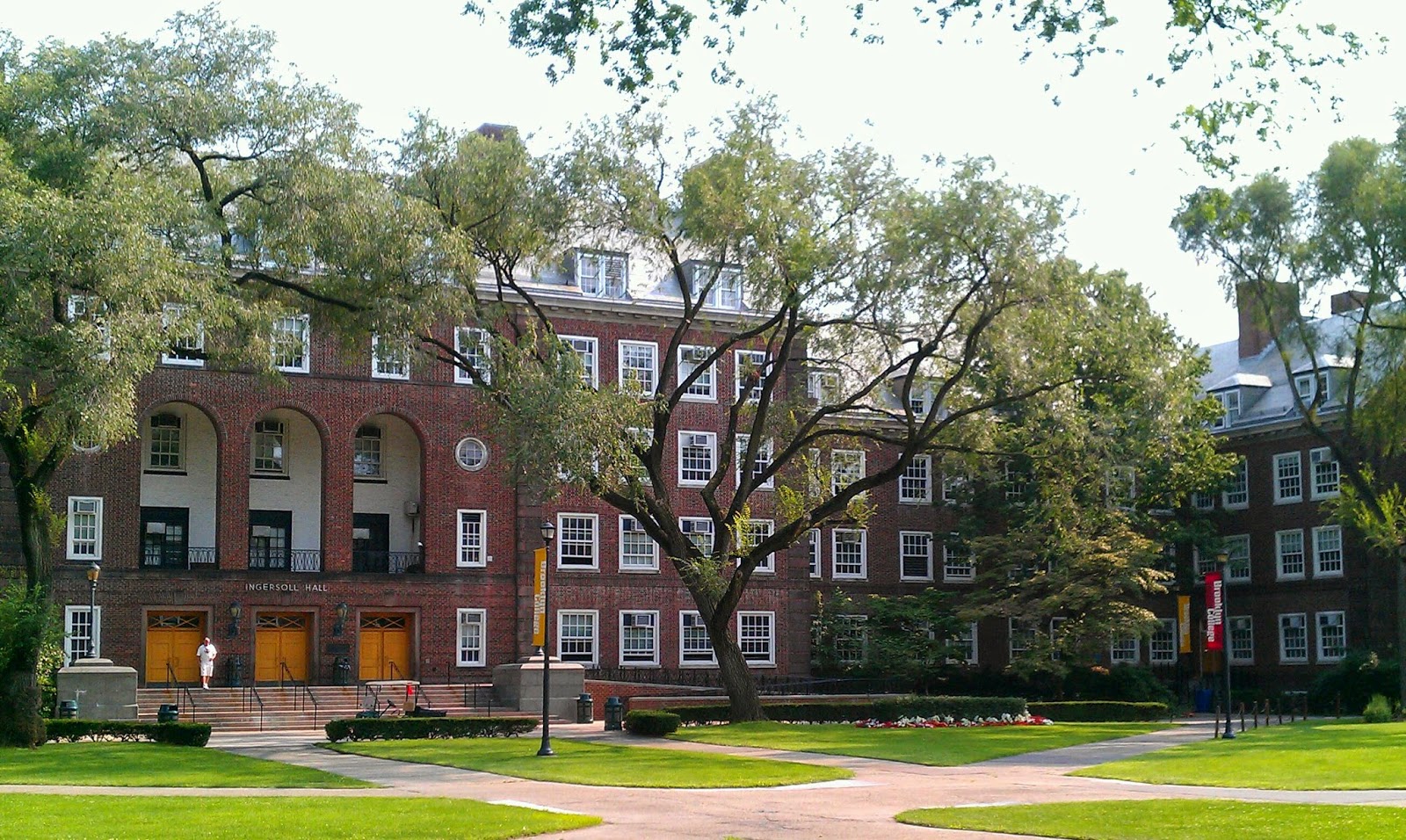
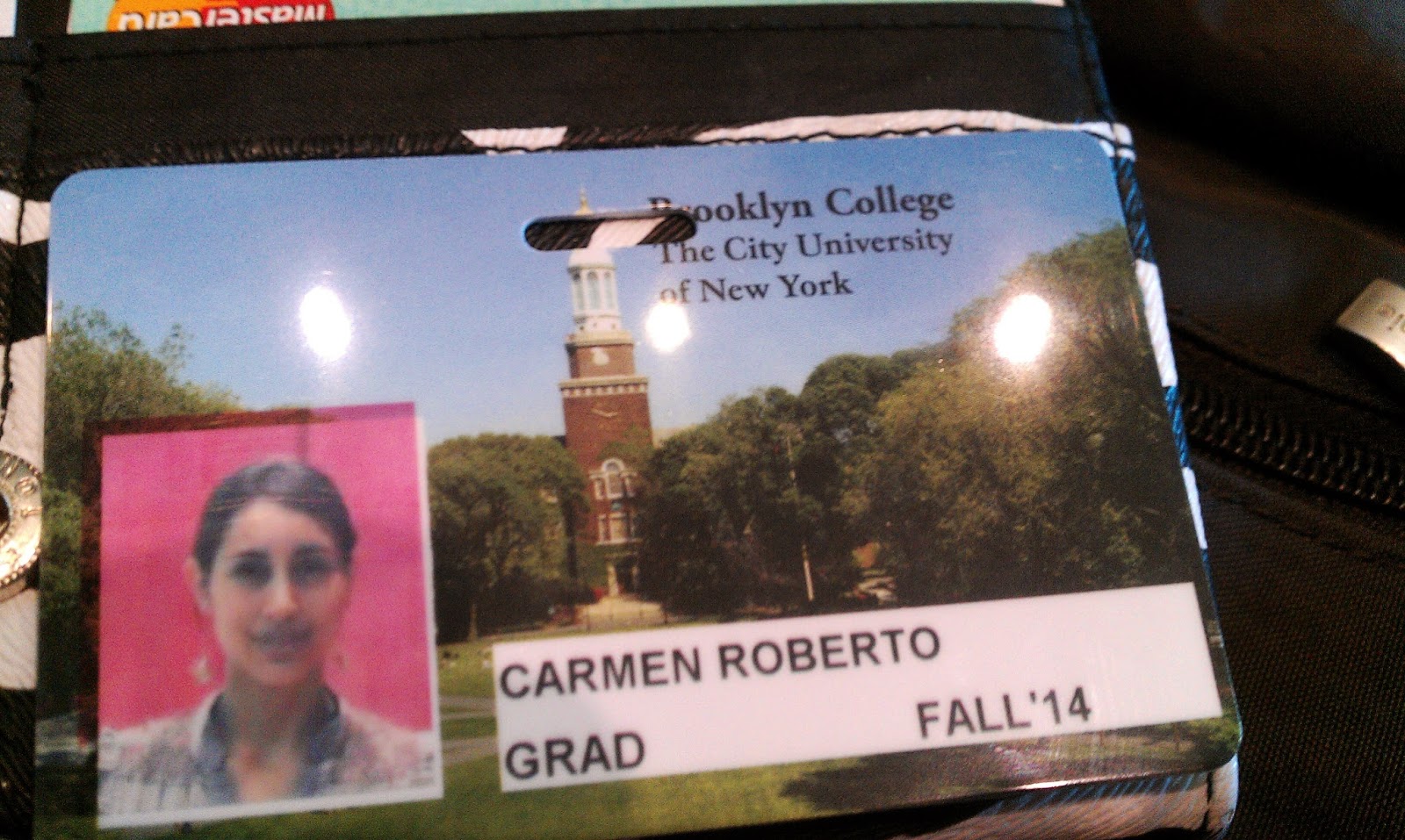



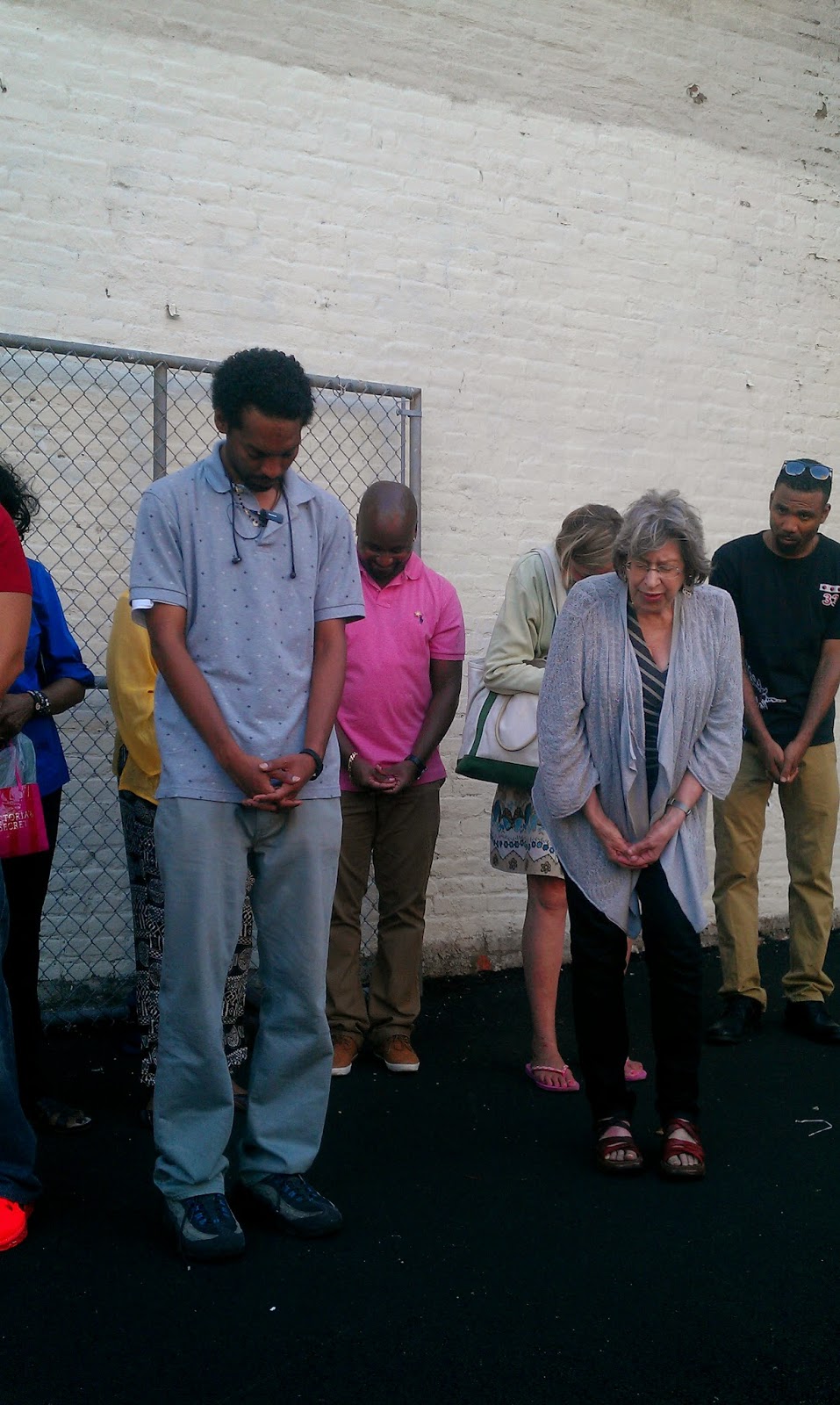







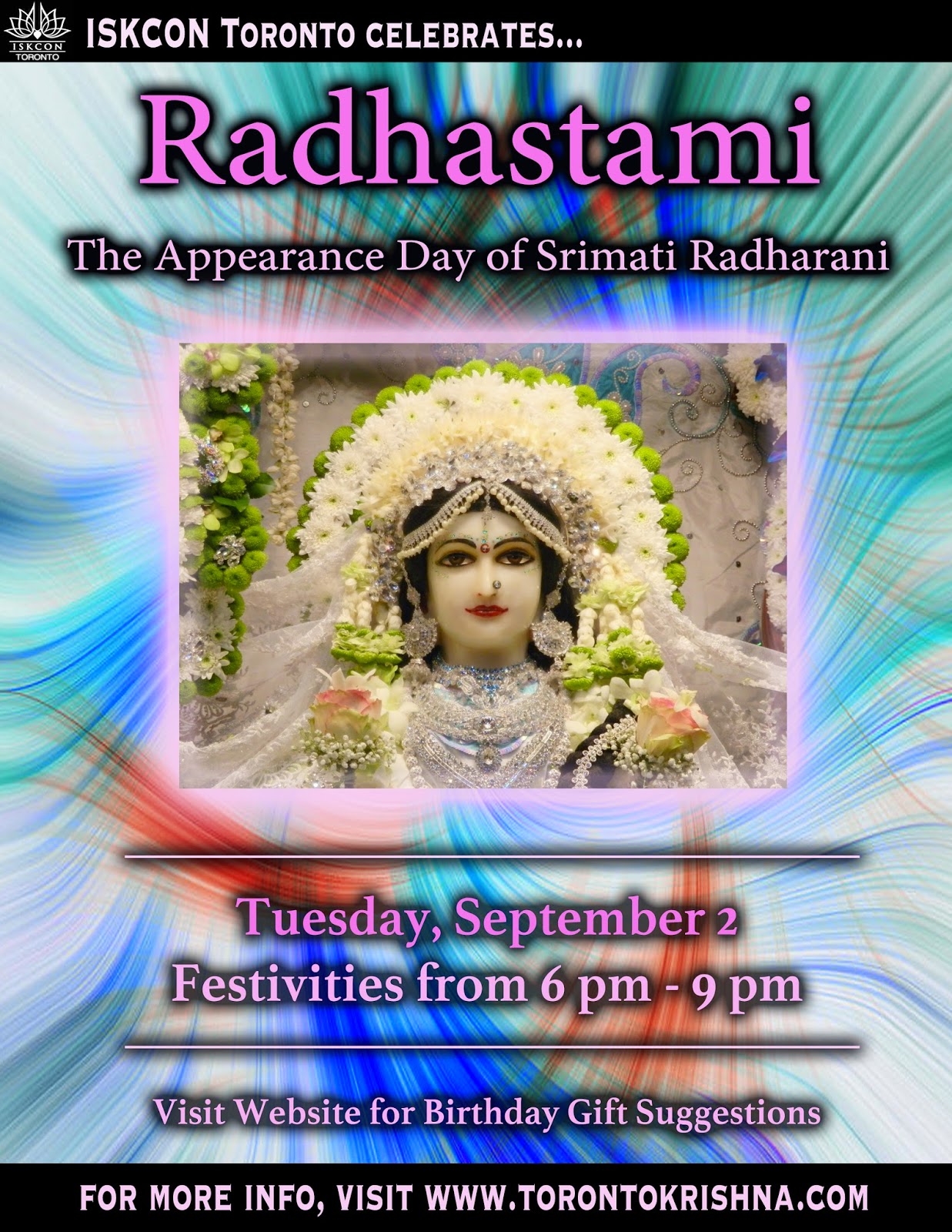

 Welcome to the wonderful world of Hare Krishna Crosswords, where every crossword is full of transcendental clues and answers.
Most of the words are from the Bhagavad-Gita As It Is, Shrimad-Bhagavatam , Chaitanya Charitamrita, Krishna Book and other books (also letters and diaries ) by HDG AC Bhaktivedanta Swami Prabhupada. A few of the words are from other books by different devotees. No matter what your age or position is, we are sure that you will find these transcendental crosswords spiritually rewarding and will help you get free from birth, death, old age and disease.
Welcome to the wonderful world of Hare Krishna Crosswords, where every crossword is full of transcendental clues and answers.
Most of the words are from the Bhagavad-Gita As It Is, Shrimad-Bhagavatam , Chaitanya Charitamrita, Krishna Book and other books (also letters and diaries ) by HDG AC Bhaktivedanta Swami Prabhupada. A few of the words are from other books by different devotees. No matter what your age or position is, we are sure that you will find these transcendental crosswords spiritually rewarding and will help you get free from birth, death, old age and disease.  Janmasthami celebrations 2014, in Nigeria, Nanda Gram temple. A memorable event that wont be forgotten in a hurry. Different religious group gathered in the temple to celebrate Krishna.
Janmasthami celebrations 2014, in Nigeria, Nanda Gram temple. A memorable event that wont be forgotten in a hurry. Different religious group gathered in the temple to celebrate Krishna.  Indradyumna Swami: We took our final bow of the season last night after 48 festivals along the Baltic Sea coast. Devotees held back their tears as they performed our 5 hour stage show for the final time. Many people in the large crowd cried being touched by the devotional bhajans, theatrical performances and Krsna conscious atmosphere the festival generated. Now devotees are going back to their respective temples to serve in their local areas - and prepare for the 2015 summer tour in Poland. Please everyone give these devotees your blessings! They worked tirelessly for 2 full months to spread the mercy of Krsna consciousness far and wide.
Indradyumna Swami: We took our final bow of the season last night after 48 festivals along the Baltic Sea coast. Devotees held back their tears as they performed our 5 hour stage show for the final time. Many people in the large crowd cried being touched by the devotional bhajans, theatrical performances and Krsna conscious atmosphere the festival generated. Now devotees are going back to their respective temples to serve in their local areas - and prepare for the 2015 summer tour in Poland. Please everyone give these devotees your blessings! They worked tirelessly for 2 full months to spread the mercy of Krsna consciousness far and wide.  On Sunday, August 17th, there was the annual Vaishava festival at Fisher Mansion in Detroit.
On Sunday, August 17th, there was the annual Vaishava festival at Fisher Mansion in Detroit. 
